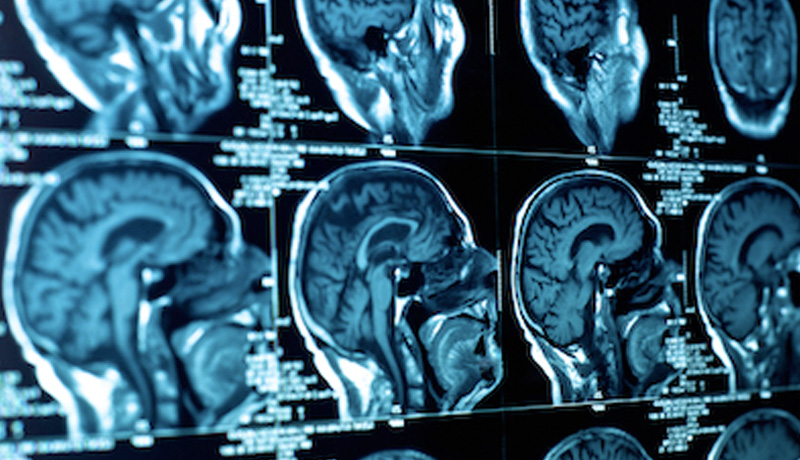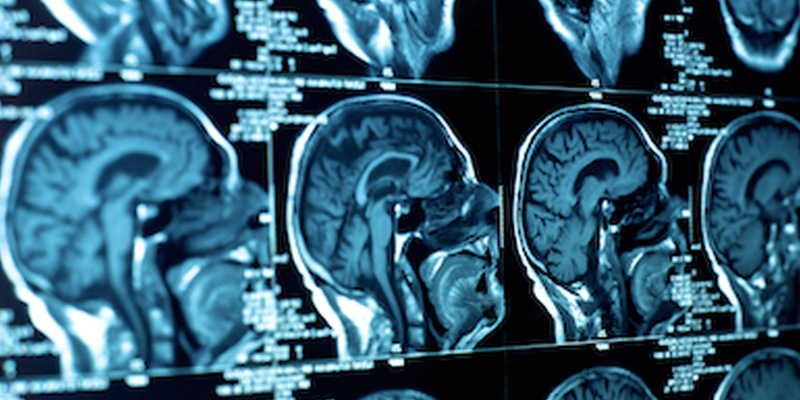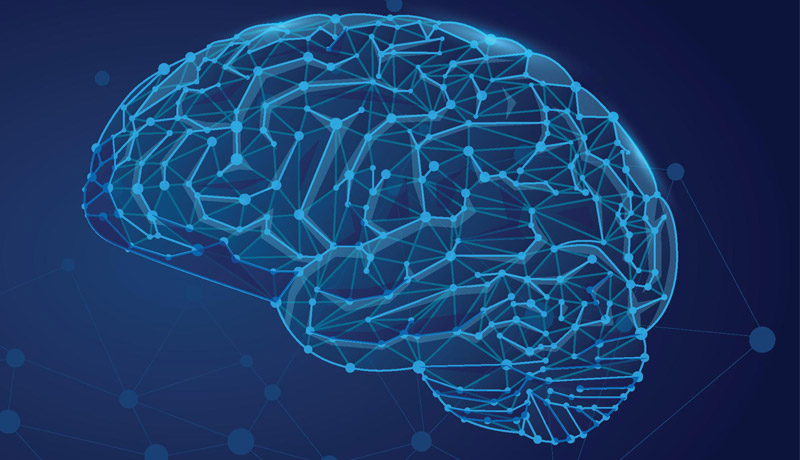 The US President Joe Biden knows family tragedy, a key part of his biography, as well as personal health issues when he underwent brain surgery for two aneurysms in 1988. Here, expert neurosurgeon Dr. Arno Fried discusses the type of cancer, glioblastoma, that caused the death of Joe Biden’s son, Beau Biden.
The US President Joe Biden knows family tragedy, a key part of his biography, as well as personal health issues when he underwent brain surgery for two aneurysms in 1988. Here, expert neurosurgeon Dr. Arno Fried discusses the type of cancer, glioblastoma, that caused the death of Joe Biden’s son, Beau Biden.
The type of Beau Biden’s brain cancer is one of the most common. Other politicians with the same brain tumor include John McCain and Ted Kennedy.
How Did Beau Biden Die?
The US President Joe Biden’s son, Joseph (Beau) Biden III (46), died of a brain tumor on Saturday, May 30th 2015, after spending a week at Walter Reed National Military Medical Center in Bethesda, Maryland. He was an Iraq War veteran and a Bronze Star recipient who served as the attorney general of Delaware.
Beau Biden’s Stroke
Beau Biden’s health history included problems he had dealt with since his stroke in 2010. Fortunately, that stroke did not debilitate his motor skills or speech.
Regarding the original incident of the stroke, Dr. Fried says, “As it is unusual for a person in his age range to have a stroke, the question is: was it truly a stroke or a sign of the brain tumor? A stroke-like event indicating a brain tumor is not a rare occurrence.”
Beau Biden’s Brain Cancer and Surgery
Three years after the stroke, while on vacation, Beau Biden was admitted to M.D. Anderson Cancer Center in Houston after suddenly feeling weak and disoriented. A small brain lesion was located and removed from his brain.
Beau was then given a clean bill of health until he was subsequently diagnosed with brain cancer in 2013. He underwent treatments such as surgery, chemotherapy and radiation to combat the cancer.
Despite speculation by Dr. Fried and others, it remains unclear exactly what took Beau’s life. There is still a question of whether it was a primary brain tumor (one that originates in the brain) or a secondary brain tumor (one that spreads from another part of the body).
How Do People With Glioblastomas Die?
Glioblastomas (GBM) are tumors that arise from astrocytes—the star-shaped cells that make up the “glue-like” or supportive tissue of the brain. These tumors are usually highly malignant (cancerous), because the cells reproduce quickly and a large network of blood vessels supports them.
A variety of malignant brain and central nervous system tumors kill about 15,000 people in the United States each year. While death rates from many cancers have declined due in large part to improved prevention, screening and treatment, death rates from glioblastoma remain virtually unchanged.
Although research is on the horizon, the median survival rate following diagnosis of glioblastoma is 14.6 months with 30% living two years and 10% living five years.
Dr. Fried and his team are on top of any possible advancement in brain tumor treatment. “Advanced Neurosurgery Associates treats many brain tumors in children and adults,” says Dr. Fried. “There are things we utilize that maximize our ability to treat these tumors, including advanced navigation capabilities to determine the exact location and scope of the tumor. We also utilize brain mapping, which enables us to remove as much of the tumor as possible while preserving the crucial areas that control vital functions such as movement and speech.”

ANA is a team of expert neurosurgeons and medical professionals, who combine their decades of knowledge to provide information, events, and articles on a range of neurological conditions.




